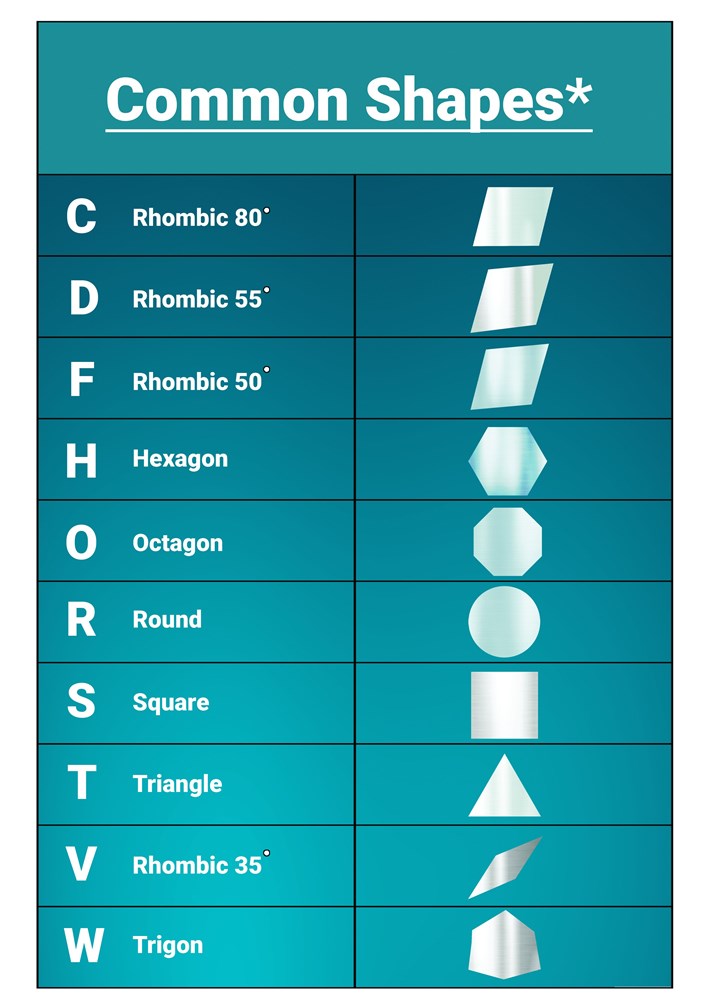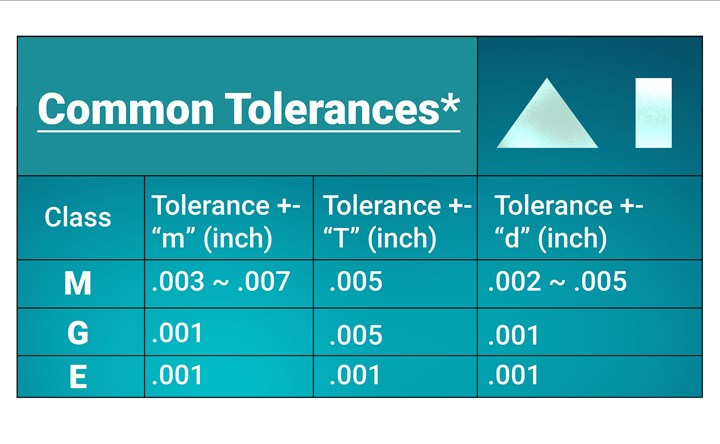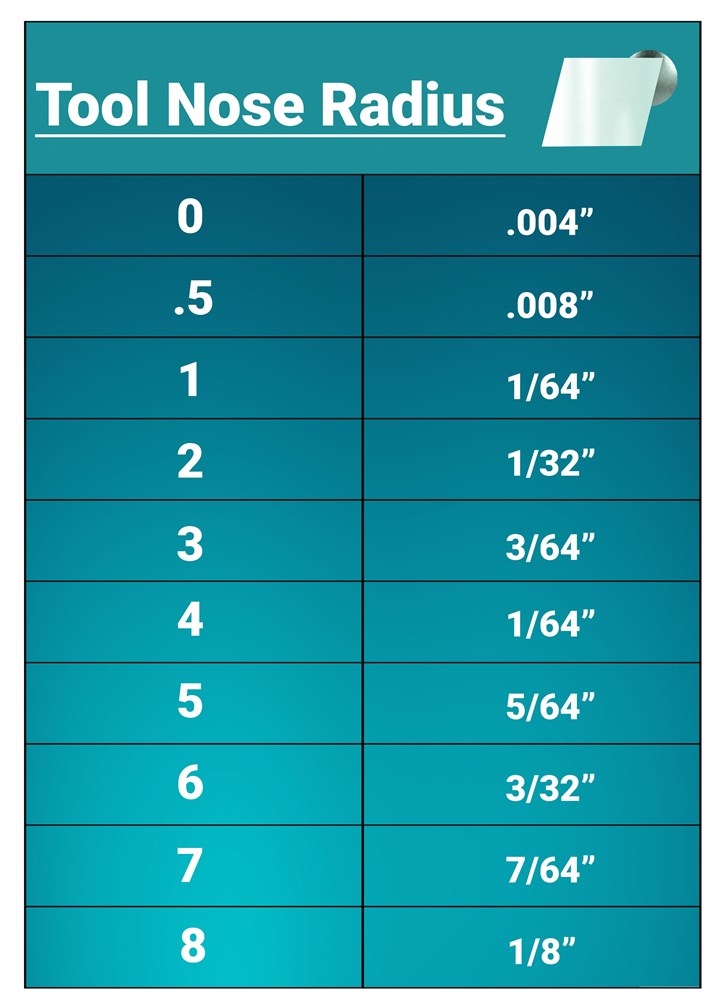As an experienced manufacturing “hand” I am always looking for proxy indicators, cognitive shortcuts or clues that give me deeper insights into the complexity that is our precision machining manufacturing operations.
While on PMPA’s Mastery tour, I came across just such a proxy indicator and was impressed at how thoroughly it was validated across the entire shop and operations.
With permission from our host, I am sharing my lesson learned and introducing the latest proxy indicator: the one sign that rules them all.
The idea for the “One Sign To Rule Them All” is reminiscent of the “One Ring That Rules Them All” from “The Lord of the Rings” trilogy. There is magical power in the rings, and there is more powerful magic in the one ring that rules them all. On our visit to AccuRounds in Avon, Massachusetts, I saw a sign and its power was compelling to me — everywhere I looked, I saw visually that this sign was the dominant and controlling influence in the operations.
What did the sign say? Wherein did it get its great power? The sign said FOD Awareness Area.
That’s it. Three words. But so much power.
In order to understand its magical power, it is important that we understand what exactly is meant by “FOD”?
The Federal Aviation Administration defines FOD in AC 150/5210-24, Airport Foreign Object Debris (FOD) Management, as “…any object, live or not, located in an inappropriate location in the airport environment that has the capacity to injure airport or air carrier personnel and damage aircraft.
“The presence of FOD is a continuing concern at our nation’s airports. FOD creates safety hazards and can ultimately impact safe operations by damaging aircraft. Airports, Airlines, and the General Aviation community have taken the necessary steps to minimize FOD by engaging in successful FOD management programs, as per AC 150/5210-24.”
Substitute the word “manufacturing” for “airport” and “air carrier,” and “machinery and equipment” and “machine tools” for “aircraft” and you have the manufacturing definition of FOD.
Our shops historically have used the term “housekeeping,” OSHA 1910.22 uses “walking working surfaces,” and lately many of our shops have employed 5-S to mean the same thing — essentially, in simplified terms — a place for everything, and everything in its place.
So why do I give this FOD sign such respect? Pictured to the right is the area where this shop processes the swarf (oil contaminated chips) from their operations.
Spotless. Chipless. Immaculate. And this was during operations! We watched the processing of several carts of chips and the area remained — dare I say — “pharmaceutical quality” in regards to housekeeping.
And so it was, everywhere else in the shop. No extraneous materials, blocking, banding or even oil drops on the floor. What is the magic, the power behind FOD? What gives the three words on this sign so much power? There are many reasons that we could consider, but I suggest that the power lies in our enlightened self-interest and our desire for our own well-being as well as that of our colleagues.
What is FOD? “…any object…located in an inappropriate location… that has the capacity to injure… personnel and damage.” There is the power. Our realization that FOD is our opponent. It is the villain that can take away our safety.
FOD is a grave danger, and a totally needless one. Uncontrolled, FOD has the ability to injure us on the job or damage our equipment that is the means of our livelihood, and possibly interrupt our service to our customer, potentially causing loss of business.
This one sign gets its power to rule them all, because following it promises to intelligently manage risk to us, to our coworkers and to our equipment and business.
Companies post their Vision, Mission and Purpose statements to help them communicate their intentions, their reason for being. And these are often up to the task.
But sometimes, these are not sufficient to the task of describing how it is that the company works, nor at describing what sets them apart. On our visit to the AccuRounds on PMPA’s latest Mastery program tour, I found a proxy indicator, a sign, that made everything visible to me.
What will I find in your shop?























